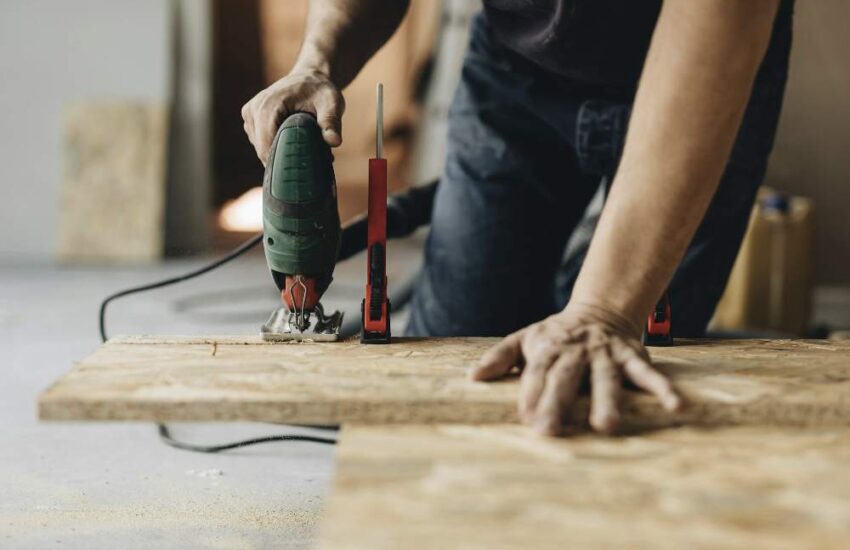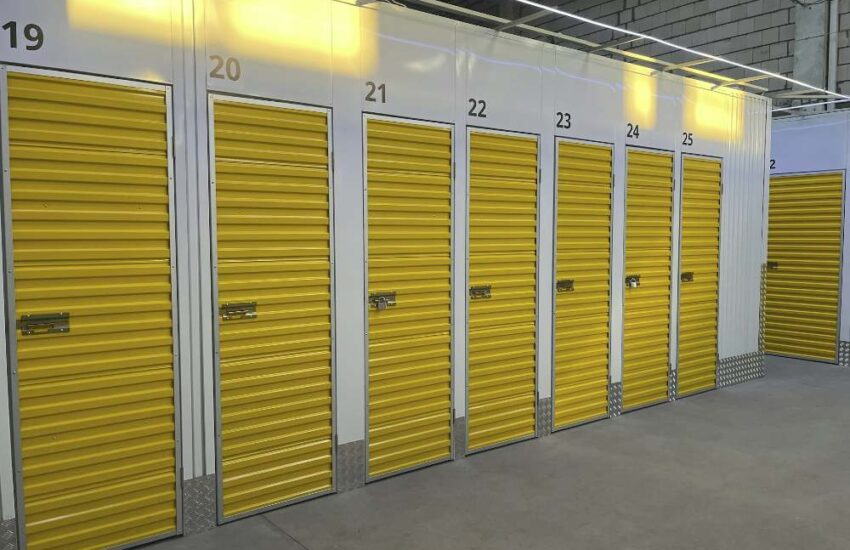Installing a New AC Unit
Your home’s AC should provide reliable and consistent performance for over ten years on average. While some units can last 15 years or more every AC unit has to be replaced at some point due to age. The following guide to central air conditioning installation will give you a broad overview of the process and what to expect.

Nine Steps To Installing a Central Air Conditioner
- Purchasing a New AC Unit: buying a new AC involves finding one that provides the features you are looking for and also has the correct BTU rating to properly cool your home. AC units are not one size fits all and an AC professional will be able to find the right size unit for your home.
- Ductwork Checks: when updating the AC unit the ductwork should be checked as well for any issues or repair needs. This is especially true if your home has older ductwork. Any problems such as cracks, wear, or gaps should be repaired by a professional.
- Installation of The Unit: your new unit should be set away from any passageways and should be properly positioned so hot air isn’t blown back toward your home. Generally, your AC unit should be six to ten inches away from any walls to ensure proper circulation.
- Measuring For Refrigerant and Drain Piping/Lines: proper lines ensure your AC works correctly and does not cause any damage to your home or property. This measurement is the distance between your home and the plenum, so you can connect your external AC unit to your interior AC system. The plenum should contain the evaporator coil and connects to your outdoor unit through the pipes.
- Connect The Power: proper wiring of an AC unit requires connecting through an outdoor disconnect switch and the access panel of your condensing unit. This links your AC unit to your home’s power supply via the junction box. If you don’t have any experience with electrical insulation you should always trust a professional as improper electrical work can be hazardous.
- Connect The Thermostat: first, make sure everything HVAC related is turned off before you proceed to this step. Your thermostat should have control wiring and is located by your furnace or heating unit. The thermostat is connected to your condenser unit by connecting the control and connecting wires. This process can vary depending on your set-up and should be left to an experienced professional.
- Top The Refrigerant: once everything is correctly installed and wired the refrigerant should be topped off. Do note that refrigerant is a dangerous substance and should never be installed by someone who is not a licensed professional. Having proper levels of refrigerant is what allows your AC to cool your home.
- Clean-Up: proper clean-up should be done around your outdoor AC unit. When installed by a professional they should remove any debris once the installation is done. This is an important step not just because of aesthetics, you don’t want your new AC sucking up dust or other debris.
- Run Your New AC: the final step is testing your new AC by running it. You should check the air temperature, check the airflow, and make sure that every vent is working correctly. Any installation issues can result in reduced cooling capacity or some rooms not being cooled correctly. Your AC should also run quietly and not produce any odd noises.
Final Thoughts
As the above shows AC installation is an involved process requiring careful work and often specific skills. In the majority of cases, you should hire an HVAC company to assist with the installation of your new AC unit. Professionals can also assist from step one helping you find the proper AC unit needed for your home’s layout, size, and cooling needs.


